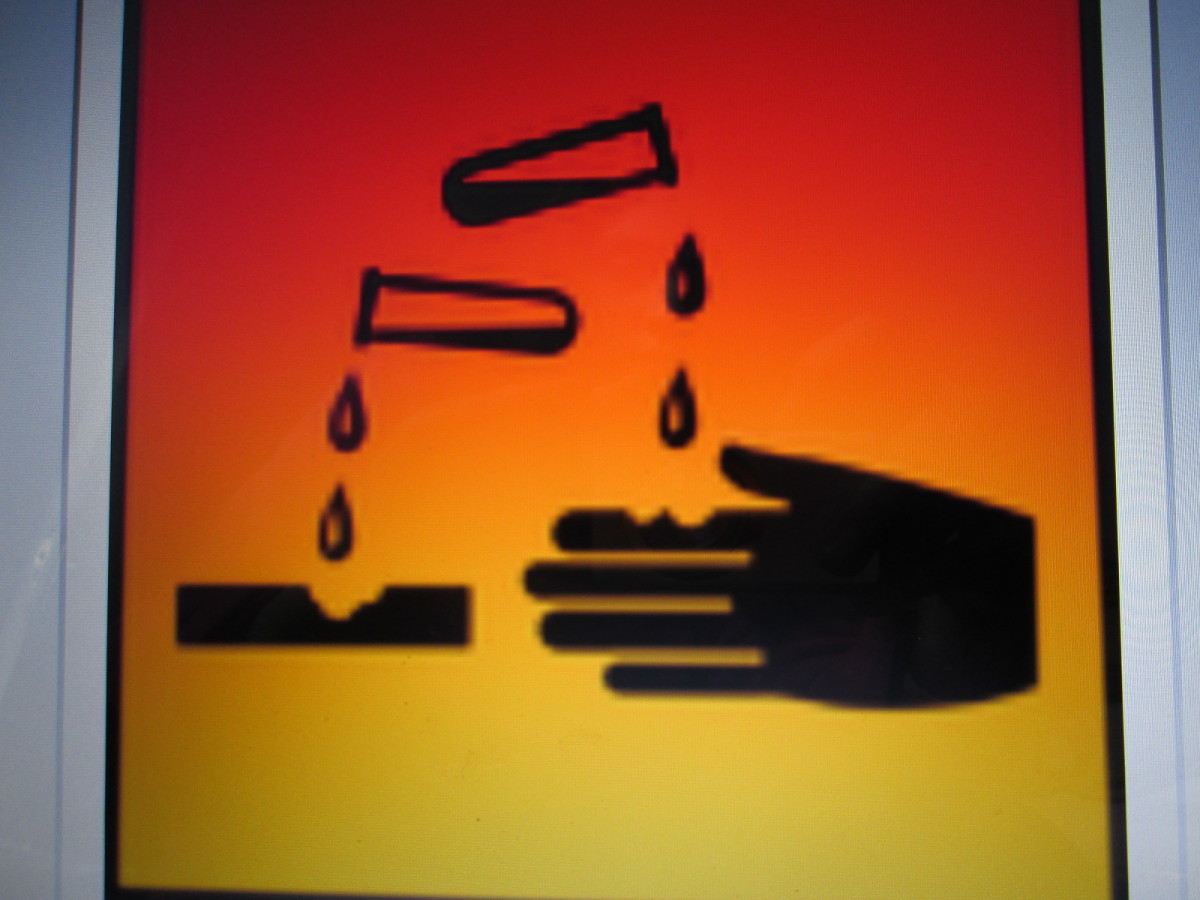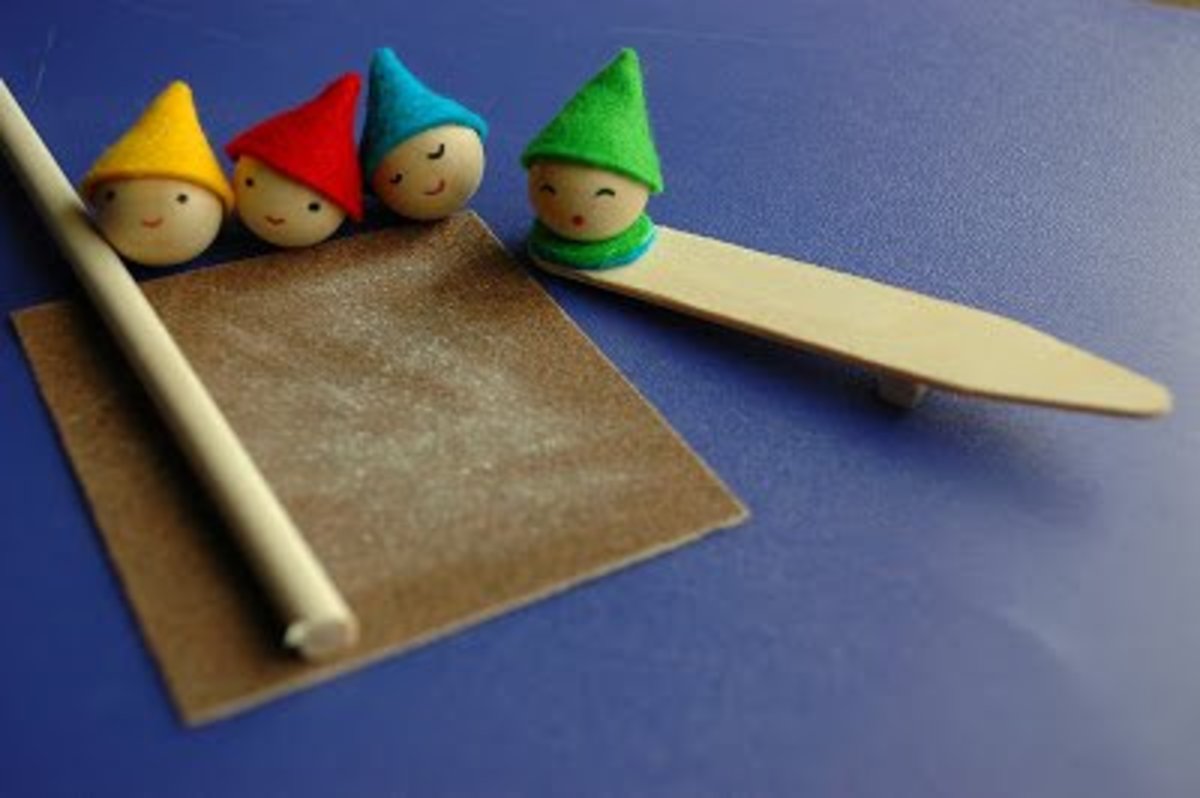A Detailed Guide to Create a Perfect Short Movie
What is a movie?
Not a lot of people are into this kind of work, but if you are, you should know that a movie is an edited and scripted representation of reality through a camera lens, delivered to the mass of people watching.
You will come across all kinds of subjects for your films, different genres, different actors, different ideas. Knowing how to produce a film is knowing how to combine all these different factors into something that an audience can watch and experience.

Why?
As you may observe from my scheme, I represented the word MOVIE as a final product. It is composed out of 3 layers:
- Idea
- Production
- Post-Production
You also saw that they differ in size. The idea plays a big role in creating something. It is the foundation for any kind of artwork, it is the sparkle that starts the fire. Then there is the production. This is the most important part of this structure, as it is the representation of the idea you start with. If the idea is great but the production stutters, the final product will suffer a lot. The post-production is the part where you take care of the editing and putting everything together, as a whole. However, editing is really important if your production has problems that can only be solved afterwards.
Let's break this amazing video down and analyze it
What makes it great?
The idea behind the short "Modern Educayshun", written and directed by Neel Kolhatkar is basic: education in the 21st century has changed drastically.
This idea is great. Why? Well, it is a subject that:
- Everyone is aware of
- Is popular and needs to be understood
- Allows for lots of ways of understanding and treating
- Is new (at least it was at the time of filming)
The protagonist is led into a classroom where everyone is extremely politically correct and he is mistreated because his thinking is "old". By old I mean it still has the old standards of "not everyone is equal and mentally capable of math".
How to find that great idea
Maybe you have the main idea and you need just to produce the film, but sometimes you have to find the perfect spot. Here are a few tips on how to achieve the evrica idea:
- If you have to do something funny, you can create an Expectations vs Reality short, which describes and compares two levels/sides of a story, one good and one bad. The main thing to keep in mind here is exaggeration, you have to have just the right amount of it in order for this kind of short to be fun.
- If you want to relate the story to one of your characters, do a POV (Point of View) movie. This helps the audience view the whole story you want to tell through the eyes of a single protagonist. It is not necessary to film the whole thing with a GoPro attached to the protagonist's head, but just follow his way into the situation. The movie above has this kind of approach and idea.
- Comedy is sometimes the best way to approach a subject, so if you want a funny story, tell it! This gives you the opportunity to insert lots of jokes and hidden Easter eggs in your story. No, but literally, sometimes you can just narrate the whole story using your voice and you will have 2 choices: only have your voice narrate the story or just be a frequent narrator (interrupted by dialogue, or actions).
- Sometimes you want to make your audience cry, so just make a no-word story. This works best if you treat a really sensible subject and you want the people to understand your idea without any words. Though this way of approach is really hard to work with, the final product will be worth it.

Let's get to action
So you've got your amazing idea. Great! This is just the first step.
Now you need way more ideas and a ton of equipment.
The video down below is a way to get you started on the technical part. To be honest, you can choose any camera that films at least in 1080p at 30 frames per second. That's it, you will find the ways to adjust it in the video below.
Do I need a team?
For a more organized and creative way to record all of your shots you will need a team. Of course, no one has a team when they are starting, but here are a few ways to find or persuade someone to help you:
- If you have any friends that are into acting, reach out to them and they will sometimes even be grateful for it, because it helps them elevate and show their acting skills and be recognized.
- You need a cameraman and a microphone holder. To solve this, buy a handheld camera and attach a microphone that you can buy online to it, and you're done. If your budget allows you, buy or rent a gimbal for more stable shots. That's it!
- Hire an editor, or learn editing yourself! I recommend learning how to use Sony Vegas or Adobe Premiere Pro, as these editing apps have really nice and easy to use interfaces.
What to shoot?
Everything. Great shots come from the most unsuspected points of view. But in general, keep one thing in mind: you need to tell a story. You are the director. So make your shots count. Different shots develop different emotions throughout your audience, here are a few examples:
- If you want to deliver fear, ratios are very important. You have 2 ways to go about this: make your character small and bright and the environment big and dark, or your character really big (by big, I mean let it occupy a lot of space in the shot) and make your environment not even remotely important.
- If you want to deliver laugh, you have to have a sub-meaning to your shot, something that will make the audience go "ha ha ha" without them realizing they are doing it. Thinking of something like this is sometimes a challenge, but take real-life examples and adapt them to your needs for the best result!
- Intense feelings are obtained the best by having a really intense music combined with slow-getting-to-the-point shots, it is important for you as a director to know how to manage the sound to the image so it meets your expectations.
How to put everything together?
Well now that you have taken all your shots, it's time for the last step, post-production. I'm not going to start explaining the basics of Sony Vegas or Premiere Pro in this article, as you can find tons of videos online, I'll link one below. But remember that you have to tell the story thing? It is still on and you have to obey it. A great film is always emotional (it delivers emotions, not necessarily bad ones), so just try to do that. Putting everything together and correcting shooting mistakes is the most fun part, you can have lots of ways to do it, you can either make a linear story or multi-linear or tons of other ways. So put the time needed for every little adjustment and boom! You're done!





